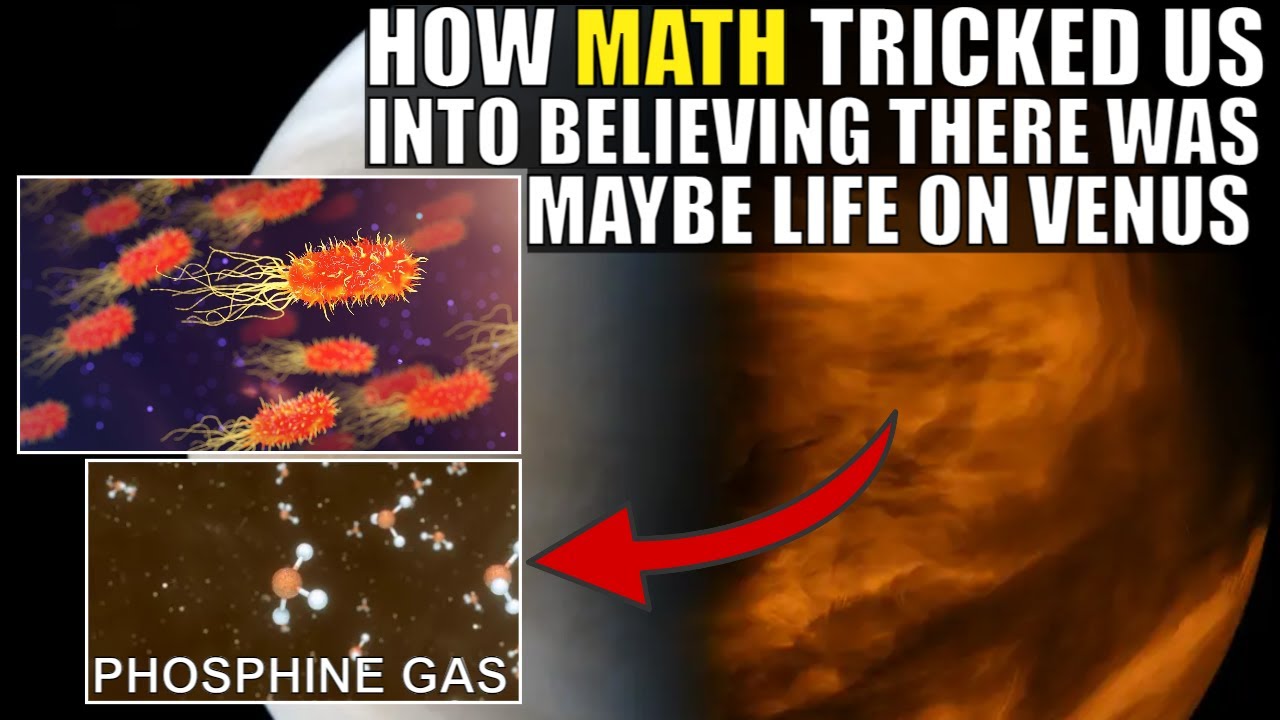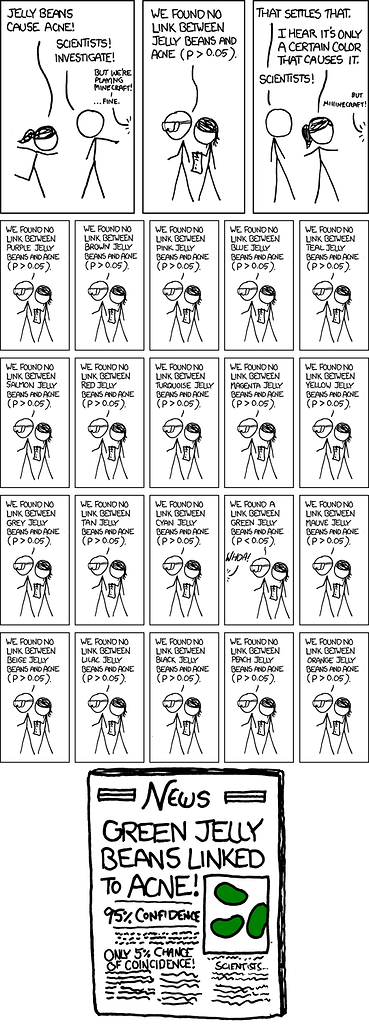Reports of detection of phosphine gas in the atmosphere of Venus, discussed here on 2021-12-22, “Are Atmospheric Anomalies on Venus Signs of Life?”, sparked speculation that microbial life might inhabit regions of the planet’s atmosphere where conditions are similar to those at which microbes on Earth thrive. Phosphine is considered a “biomarker”, as the few abiotic processes that create it are insufficient to produce the quantity reported as having been detected.
The analysis that led to the report of phosphine involved statistical calculations which involved a 12th order polynomial fit to raw data. While this may not seem odd to astronomers and chemists, it makes the eyebrows of mathematicians and statisticians rise, because high-order regression fits are prone to “Runge’s phenomenon” or, in plain language, seeing things that aren’t there. According to a series of papers on arXiv, that appears to be what happened here.
- “Re-analysis of the 267-GHz ALMA observations of Venus: No statistically significant detection of phosphine”
- “The statistical reliability of 267 GHz JCMT observations of Venus: No significant evidence for phosphine absorption”
- “No evidence of phosphine in the atmosphere of Venus by independent analyses”
The enigmatic observations of Venus’s atmosphere have motivated NASA to begin development of a probe named DAVINCI (Deep Atmosphere Venus Investigation of Noble gases, Chemistry, and Imaging) which will be launched to Venus in 2029 or 2030 and descend through the atmosphere on a parachute, making observations with four instruments along the way.

